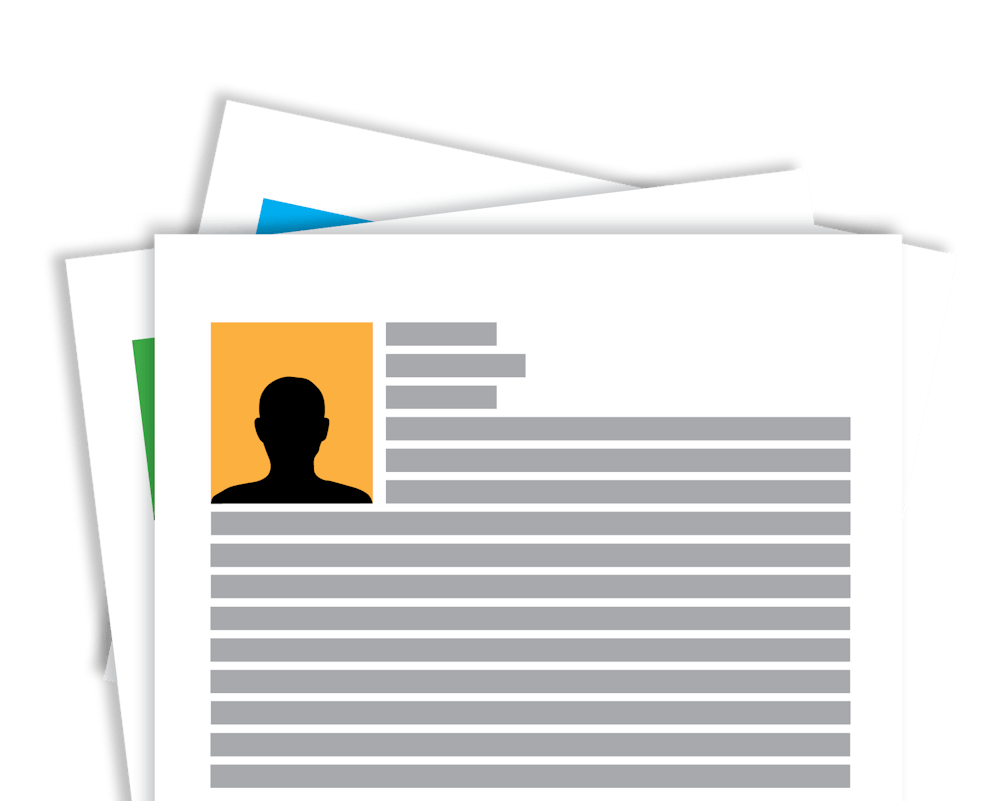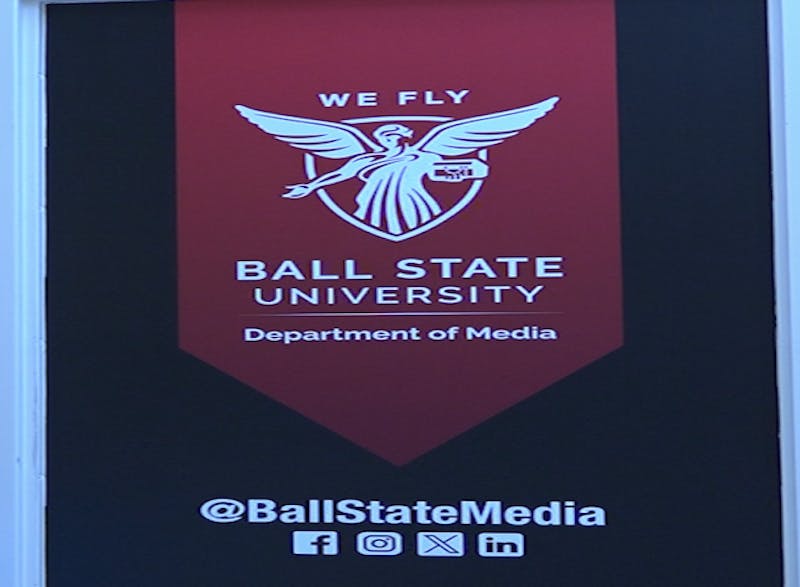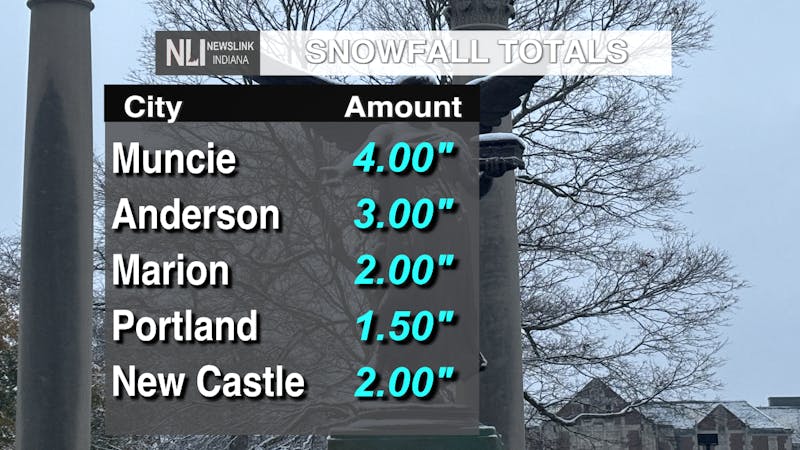With Ball State University’s fall semester coming to a close and winter commencement on Dec. 16, a new batch of students will be entering the job market looking for a place.
To start off strong, it’s smart to have a resume that stands out, especially since employers look at resumes an average of 7.4 seconds, according to a study conducted in 2018 by Ladders Incorporated, a job searching website.
Here are five tips to have a solid foundation:
Format
The length of your resume should be one page, two pages maximum. If the second page is substantial, Ball State’s Career Center advises students to put their last name and the page number in the top right-hand corner.
The Career Center also advises using one font for the resume, as well as having little to no design elements to have the most space for content. Instead, students should utilize the margins and take out information that doesn’t apply to the job position.
Common fonts to use for a resume would be Times New Roman, Arial, Courier and Calibri, and text should be between 10 to 12 point font except for the name, which should be between 14 to 16, according to College Possible.
For the margins, College Possible recommends margin size to be between .5 inch to .9 inch for all edges.
The Society for Human Resource Management (SHRM) suggests incorporating keywords and phrases from the job description so the resume comes up in an applicant tracking system search.
It is recommended to start sentences with strong action verbs and to avoid using unnecessary adjectives and adverbs, according to SHRM.
Before a resume is submitted, always check spelling, and make sure contact information, like a respectable email and phone number, are on the document. The Career Center suggests avoiding the use of a hyperlink in the email.
Robert Tucker, associate director of Employer Relations and Recruitment Programs in the Career Center, said via email that grammar and spelling errors and inconsistent formatting are common mistakes students make in resumes. He advises students to schedule a meeting with Career Center coaches.

Extracurriculars
Extracurricular activities, like clubs and sports, give students a chance to show their strengths outside of school, especially if students have little work history, according to College Possible.
Students should list out positions held in these organizations and provide a brief description of what they do, according to College Possible.
According to the Career Center, as students become more involved in university, it is important to replace high school extracurriculars with university ones. Tucker said via email that it is important to highlight achievements.

Work History
Work history is for any part-time, full-time, internship and volunteer experiences a student has had. These experiences should be listed with the most recent position on the top and the least recent on the bottom, according to the Career Center.
Jobs that are currently held should be listed in present tense, and past jobs should be in past tense. The dates that a position was held should be listed by the month and year, as well as the title, name of the employer/company and city/state, according to the Career Center.
Provide a bulleted list for each position that gives a brief description of the position’s responsibilities and skills using active words. SHRM suggests that students should give specific examples of skills and achievements in these descriptions.
Education
When it comes to where you got your education, the Career Center recommends students fully write out the name of the university and the degree. College Possible adds that the city and state of the school should be listed as well.
The graduation date is the only date needed, and it’s the month and year, and like with work history, the most recent education goes on top of the list, according to the Career Center.
Putting the GPA is optional, but the Career Center recommends putting it on the resume if it is a 3.0 or above. The honors section is optional as well.
Any class projects or coursework that are relevant to the position are recommended to be added, like immersive learning classes.

Speciality Resumes
Every person is different, so each resume should be different. Resumes should reflect both the person and the position they are applying for.
Resumes for design-based positions should look creative and have design elements because the resume shows employers the design skills of the applicant. The Career Center recommends that design resumes should avoid using a bulleted format. Ask others well-versed in graphic design to provide feedback on your resume, and see where it can improve.
For teachers, the length of the resume is less important than the content. According to the Career Center, many graduating teaching majors have a second page of relevant content.
According to Harvard University resume guidelines vary between countries, so if you apply outside of the United States, learn those guidelines.
Contact Hannah Amos with comments at hannah.amos@bsu.edu or on X @Hannah_Amos_394.





The Daily News welcomes thoughtful discussion on all of our stories, but please keep comments civil and on-topic. Read our full guidelines here.